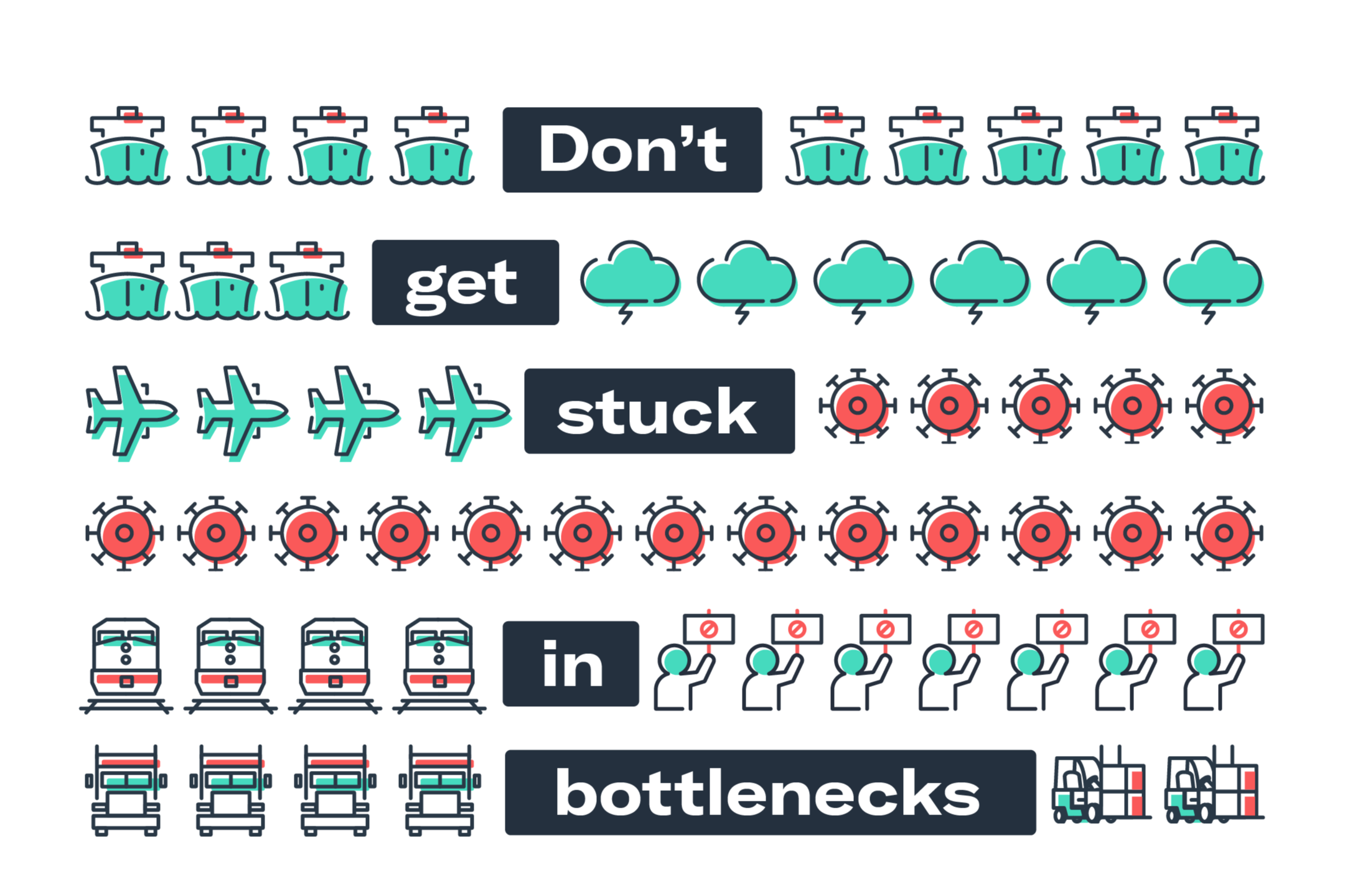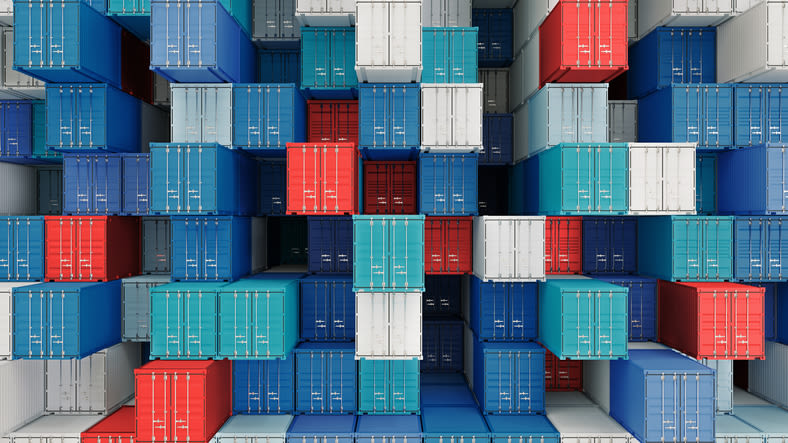
Do Any of These Logistics Scenarios Sound Familiar to You?







Each of the Above Scenarios Describes a Logistics Bottleneck.
Whenever you find yourself waiting on one piece of information, or one return phone call, in order to keep an order moving – that’s a bottleneck. Whenever you’re surprised to find a truck at your loading dock that you were expecting next week – that’s a bottleneck. When a seemingly simple situation leads to orders being delayed, shipments being unaccounted for, or needed information missing – you’re dealing with a logistics bottleneck.
Identify Bottlenecks
#1
#2
#3

"Visibility was a major pain point, to the extent that our inbound shipments would sometimes just turn up at our warehouses unexpectedly. This had significant consequences across our business."
Iman Abdallah
Operations and Business Development at NA-KD
Four Root Causes of Logistics Bottlenecks

Not Mitigating These Root Causes Will Cost Your Business
As with any business decision, there are costs associated with leaving the cause unaddressed. A European retailer, Blokker, was paying €600,000 a year in fines and penalties due to not being able to see where their stock and containers were.
Upstream visibility into inventory-in-motion can be a significant value driver as well. BCG research showed that a 15-30% reduction of working capital could be achieved through better visibility of end-to-end inventory in the supply chain.
More Examples of Not Mitigating Bottlenecks

“Knowing what is going to arrive at our distribution centers at any given time allows us to plan and pivot as needed, as well as ensuring the right product is at the right place, at the right time, so we can fill orders. For the customer, it’s seamless.”
RoxAnne Thomas
U.S. Transportation Manager at GERBER
Addressing The Root Causes





Tying It All Together
Mitigating bottlenecks requires you to spend time, attention, and energy trying to resolve them. Timely identification and proactively addressing bottlenecks will improve your organisation's bottom line.
Find out what your supply chain can really do. Flexport can help you identify the bottlenecks you might have missed and provide the expert input you need to address the root causes.
Ready To Get Started?
Talk to a supply chain solutions expert and see the Flexport platform in action.